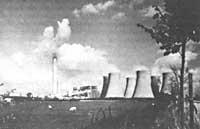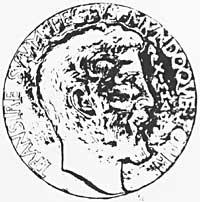Nobel Laureates
1986/12/01 Elhuyar Zientzia Iturria: Elhuyar aldizkaria
Physics: in the bowels of atoms
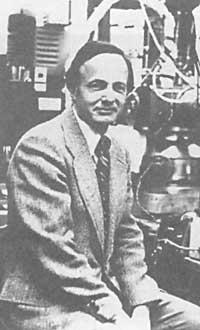
The 1986 Nobel Prize, linked to the evolution of the electronic microscope, has put an end to a 50-year debate. One of the winners, the German physicist Ernest Ruska, invented the electron microscope in 1931. At that time he worked with Rheinhold Ruedenberg, who took the idea of Ruska and patented it in the United States and Great Britain.
In Germany, however, Ruedenberg did not manage to take the work of his young companion. With this Nobel Prize, the world scientific community has unanimously proclaimed that Ruska took its first steps in the invention and development of the electronic microscope. Ruska, 80 years old, has been associated with the development of the electronic microscope in all his research.
The other part of the Nobel Prize in Physics has been awarded to the research team formed by Gerd Binnig and Heinrich Rohrer. They also work in the world of the microscope and have invented a tool that allows to explore the surface of solids in atomic form.
Electronic microscopes use electron beams to increase the size of objects instead of using light rays. Thus, if optical microscopes achieve a maximum increase of 2000 pathways, electronic microscopes allow to multiply the size by one million. The wavelength of optical microscopes is approximately 2000 times the average size of atoms. Therefore, visible light cannot solve the details of the structure of atoms. Since the size of the electrons is smaller than that of the atom, with the electron microscope it is possible to explain the structure of the atoms.
(*) For more detail with the electron microscope, see "How many doors, several maranillas" ELKAR. 1984. pag69.
Chemistry: the secrets of chemical reactions
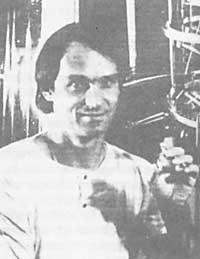
Three pioneers in the study of the physical aspects of Chemical Reactions have received the Nobel Prize in Chemistry. Dudley Herschbach, Yuan T. Lee and John Polanyi have been the three winners.
The work that has served as the basis for the Nobel Prize was done by Herschbach and Lee in the 1960s. Together they developed a technique called cross-molecule bundles. Through this technique, the energy needed to bring two molecules along a chemical reaction was measured for the first time.
Polanyi's contribution has been the infrared thermoluminescence technique. Through this technique it has been possible to deepen the work done by Herschbach and Lee, as well as to know what happens within atoms during a chemical reaction.
The identity of the three winners is unique. Herschbach was thinking of becoming famous in American football in his youth. Lee, born in Taiwan, decided to be a scientist after reading the biography of Marie Curie. And Polanyi has travelled from there, son of Hungarian parents, born in Berlin, trained at the University of Manchester and working in Canada. His father was a friend of Einstein, outside Michael Polanyi, a chemist and well-known philosopher.
Medicine: begins work in a room
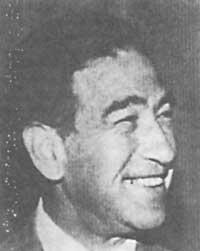
Stanley Cohen and Rita Levi-Montalcini have been jointly awarded the 1986 Nobel Prize in Medicine. They have been awarded for their work on growth factors. The growth factors are the proteins that inform about the cells of the growing animals. These regulate growth, so in the future they can have a good use in the healing of damaged tissues.
On the other hand, the understanding of cell growth factors can also contribute significantly to the recovery of cancer, since this is only an uncontrolled growth of cells.
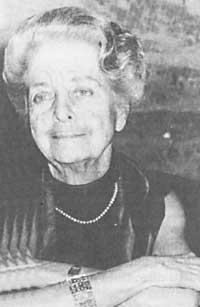
Rita Levi-Montalcini, currently head of the cell biology laboratory of the "Consiglio Nacionalista della Rechercha" in Rome. The journey to the Nobel Prize has not been easy. Born in the Jewish family, he had to overcome his father's greed to study sciences. He studied in the medical school, but unfortunately the Second World War was exploited no more to finish the studies.
Being a Jew, in Italy the fascists could not work. He organized a laboratory in one of the rooms of his house and worked on the research of embryos of chickens with his teacher Guiseppe Levi, also Jew. After the war he moved to the United States, where he conducted an investigation with Stanley Cohen to win the Nobel Prize.

Gai honi buruzko eduki gehiago
Elhuyarrek garatutako teknologia




